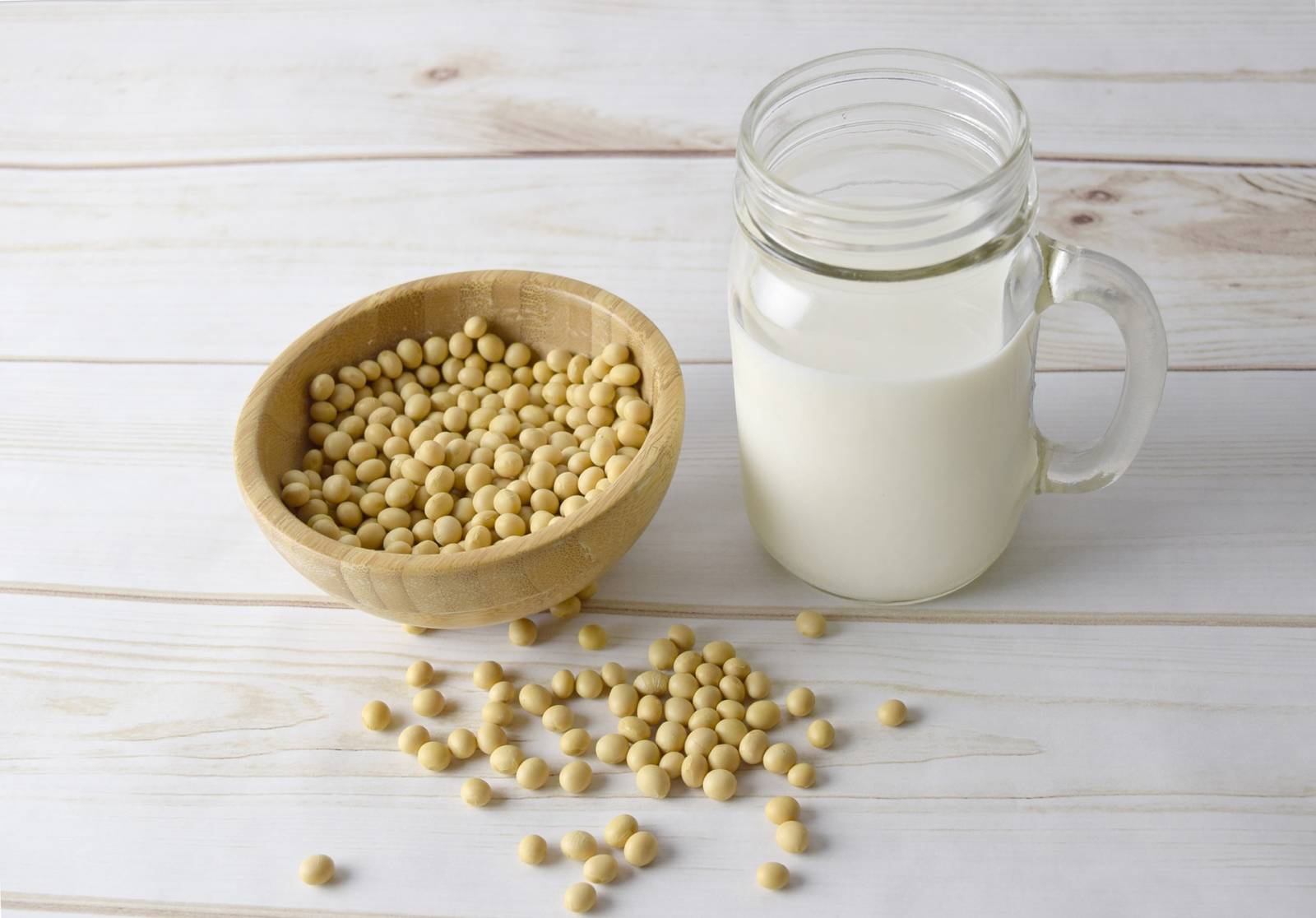The U.S. Soybean Export Council (USSEC) provides its stakeholders with updates on food and health trends that are likely to have a positive impact on the demand for U.S.-grown soybeans. A. Elizabeth Sloan of Sloan Trends has identified ways in which soyfoods lend themselves to a variety of global food and health trends. This is part two of a two-part series.
A. Elizabeth Sloan, President of Sloan Trends, says that one of today’s current trends is making food choices based on potential health benefits. “Soyfoods can offer health benefits at every life stage, from childhood and adolescence to preventing some health conditions later in life.” Sloan’s Escondido, California-based firm tracks consumer food and beverage trends and behaviors, as well as health and nutrition attitudes.
Soyfoods have health appeal for every age group—from parents wanting to protect their children from diseases later in life, to older adults concerned about maintaining their normal types of activity as they age. U.S.-grown soy and soyfoods are well-positioned to hold their appeal for health-conscious consumers. For example, when it comes to ingredient preferences for children’s food, approximately 40 percent of parents in emerging or developing markets are looking for food choices that are good for heart health.[1]
Soyfoods and the youngest consumers: Infant formula is one of the fastest growing food categories, with global infant formula sales projected to reach $90.48 billion by 2025.[2] “Soy dominates the world’s infant formula market,” says Sloan, “due to its high protein and the fact that it is a complete protein, with high digestibility, gentle effect on the stomach and its ability to ensure proper growth and muscle development.” Other factors in its favor include the ability to lower the risk of obesity and the risk of heart problems.[3]
Soyfoods for children and adolescents: “Soy protein and soy isoflavones have been well documented in helping to build bones and muscle,” Sloan says. Four in ten mothers report they are very concerned or extremely concerned about proper growth and physical development of their children.[4] Weight control is another concern, with 340 million overweight or obese children and adolescents (ages five to 19) in 2019.[5] Soy snacks such as soynuts, edamame and soymilk provide protein and can contribute to an improved diet for growing children and adolescents.[6]
Soyfoods for older adults: “Sarcopenia—the age-related loss of muscle, strength and mobility—is one of the most devastating conditions of aging,” Sloan says. In countries with older populations, such as Japan, more than 40 percent of those aged 65 and older have sarcopenia.[7] Sarcopenia can be reversed with dietary intervention, which includes complete proteins such as soy protein, and resistance exercise.[8]
“Sarcopenia is huge global news, with working groups being set up throughout Asia and Europe to inform the public,” Sloan says, adding that this growing area of interest represents an opportunity for soy.
Soyfoods and skin care: In 2019, 50 percent of global consumers included physical appearance, especially skin, as an important component of being healthy.[9] This trend is good news for the soyfoods industry. “Soy has a positive effect on skin care, particularly anti-wrinkle capabilities,” Sloan says. For example, in a Japanese study, participants who drank about one cup of soymilk a day saw a general improvement in the condition of their skin.[10] Globally 27 percent of women aged 40 to 59 are looking for foods and supplements for healthy-looking skin and anti-aging,[11] offering more product opportunities for U.S.-grown soy.
[1] Euromonitor Consumer Trends in Health and Nutrition, 2019. https://blog.euromonitor.com/consumer-trends-in-health-and-nutrition-seeking-natural-ingredients-for-childrens-nutrition/
[2] Hexa. 2019. Global Infant Formula Market. Hexa Market Research. Feb. Fullerton, CA. hexaresearch.com
[3] The Soy-Based Infant Formula Market 2020-2023 Industry Research Report. https://www.marketreportsworld.com/soy-based-infant-formula-market-13658365
[4] HealthFocus International, Global Study, 2018.
[5] World Health Organization, Overweight and Obesity Statistics, 2020.
[6] Journal of Nutrition, Consuming High-Protein Soy Snacks Affects Appetite Control, Satiety, and Diet Quality in Young People and Influences Select Aspects of Mood and Cognition, 2015 Jul:145(7):1614-22.
[7] Shaflee, G. et al. Prevalence of Sarcopenia in the World. 12:21DOI 10.1186?s40200-017-1301-x.
[8] Robinson, S.M. et al. Does Nutrition Play a Role in the Prevention and Management of Sarcopenia? Clin Nutr. 2018 Aug; 37(4):1121-1132. https://www.ncbi.nlm.nih.gov/pmc/articles/PMC5796643/
[9] Euromonitor 2019, Health & Nutrition Survey.
[10] Nagino T, Kaga C, Kano M, et al. Effects of fermented soymilk with Lactobacillus casei Shirota on skin condition and the gut microbiota: a randomised clinical pilot trial. Beneficial microbes. 20171-10.
[11] Euromonitor, Beauty through the Lens of Holistic Wellness, 2019.
